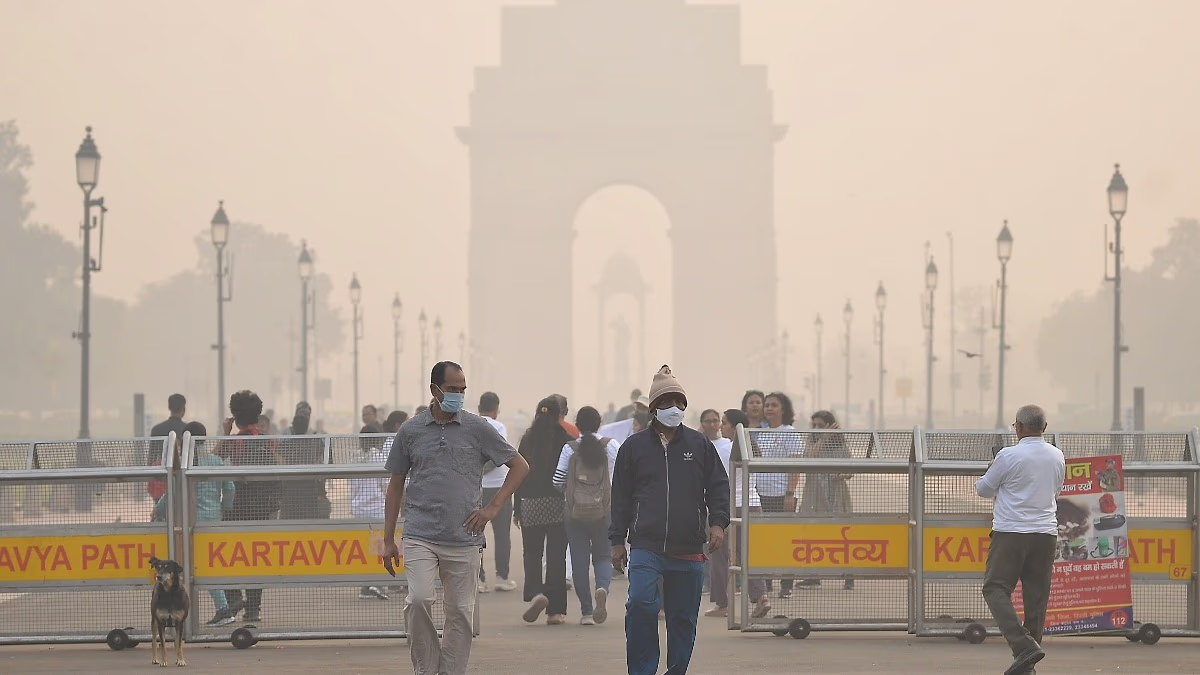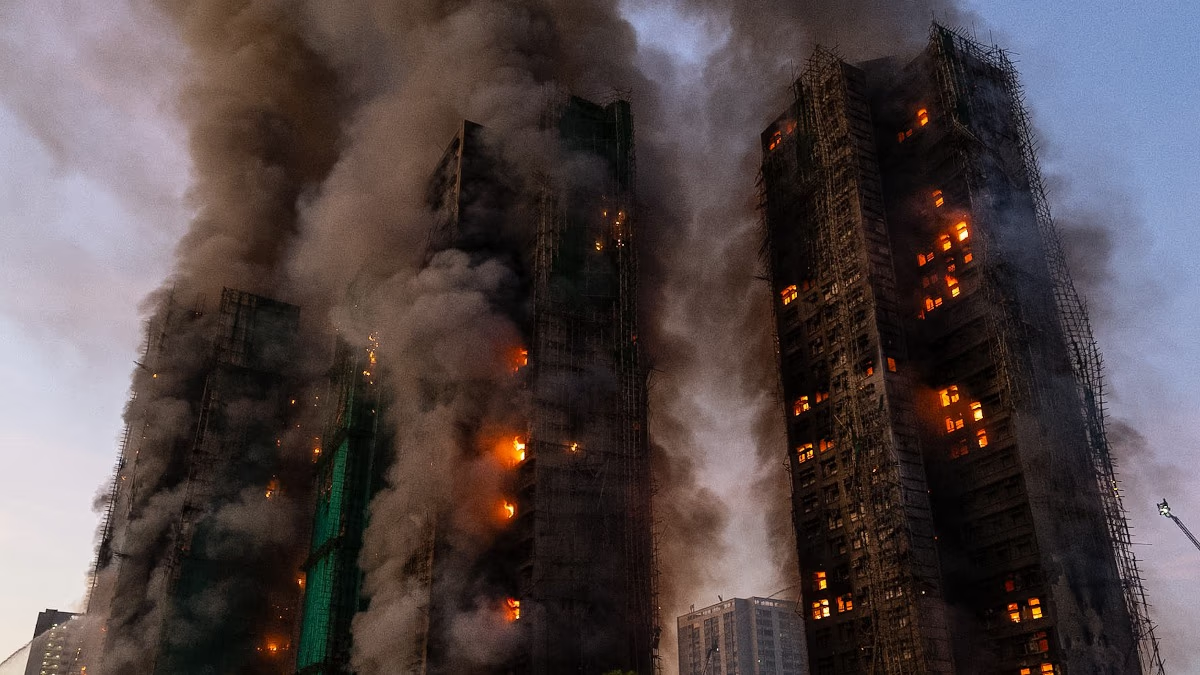Once again, Delhi battles severe pollution levels, pushing the city's air quality into the hazardous category. Entrusted with the critical task of monitoring pollution, the Commission for Air Quality Management (CAQM) is responsible for guiding appropriate measures across states. Although stubble burning in Punjab and Haryana is blamed as the main culprit, restrictions this year did not prevent Delhi's pollution from reaching record highs.
An unusual weather pattern observed in November is among the key factors identified by CAQM for the alarming rise in pollution. In an exclusive interview with India Today, CAQM's technical member S.D. Attri stated that last November's intense fog significantly altered weather activities, seriously impacting air quality in Delhi and the National Capital Region (NCR), thereby worsening the pollution crisis.
Why Are Delhiites Struggling to Breathe?
In the past two weeks, rising pollution levels have caused considerable concern for the commission, shifting focus back to weather conditions—a major contributing factor. According to Attri, the dense fog typically recorded half the days in November over the past 20 years has intensified in persistence this year, complicating matters and elevating pollution levels, a major public health concern.
Global temperature rises and climate change challenges are increasingly evident in urban environments worldwide in recent years. Attri, a seasoned expert with the Indian Meteorological Department, explained how these global phenomena significantly contribute to Delhi's escalating pollution levels.
The Impact of Scarce Rainfall on Pollution
Western disturbances usually bring rainfall to India’s plains in October and November. However, this year saw no rain, disrupting a natural mechanism that helps disperse pollutants and improve air quality. The lack of rain worsened Delhi's pollution crisis, dropping air quality to hazardous levels.
Discussing with India Today, Attri emphasized the challenges CAQM faces in monitoring and controlling pollution levels. Although the commission maintains strict oversight, controlling weather and atmospheric factors is nearly impossible. These elements play a crucial role in determining pollutant dispersion and concentration. From wind speed to wind direction, every factor affects how pollutants reach and settle in Delhi. Unfortunately, favorable conditions have not been present in the last few weeks, resulting in stagnant air and increased pollution.
The information provided by CAQM highlights the complexity of addressing air pollution in Delhi and similar urban areas. As global warming and climate change continue to alter weather patterns, policymakers must consider these factors when crafting solutions to manage air quality. Incorporating climate resilience into long-term strategies is imperative to effectively counteract pollution challenges stemming from these global issues.




